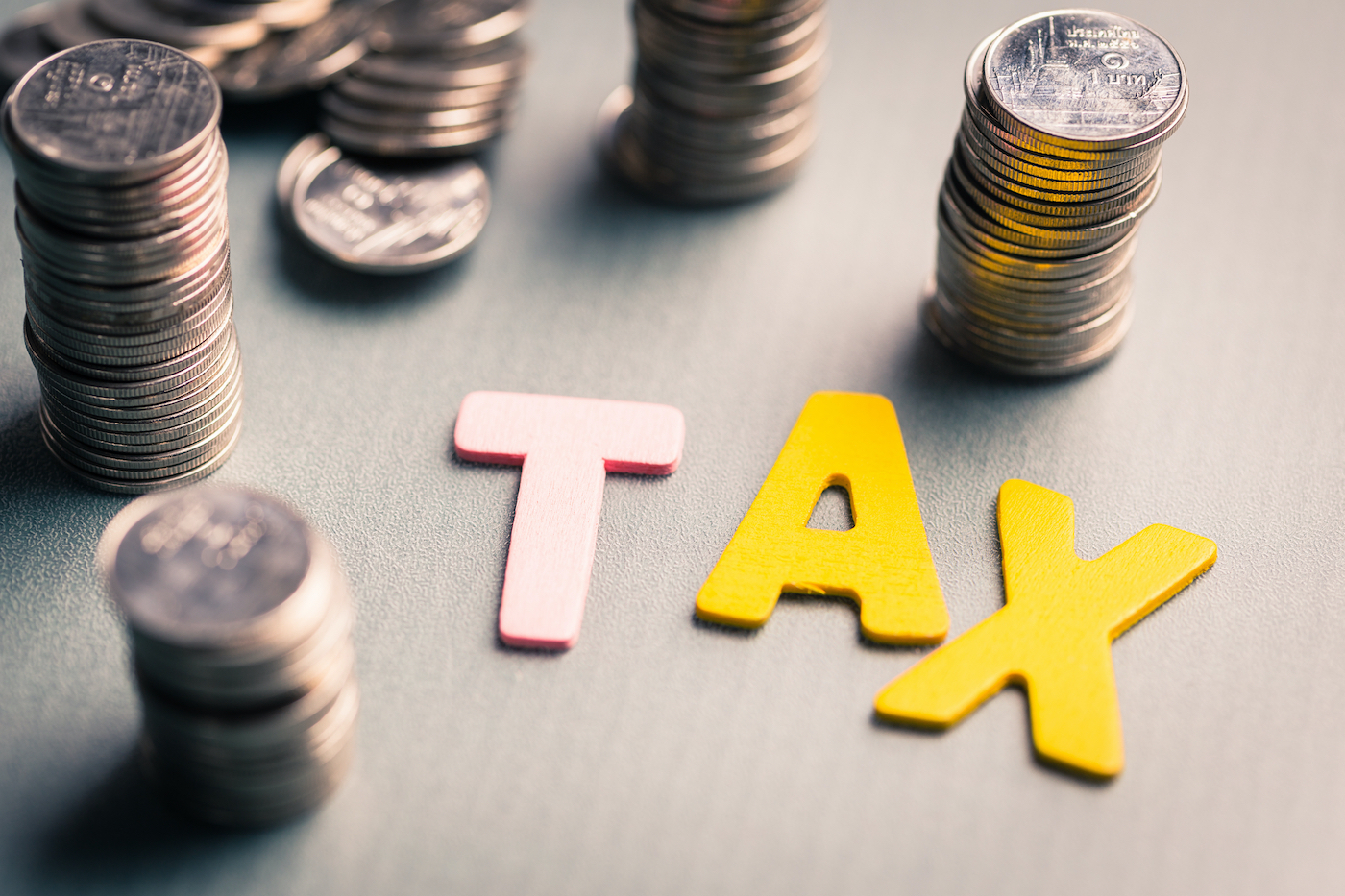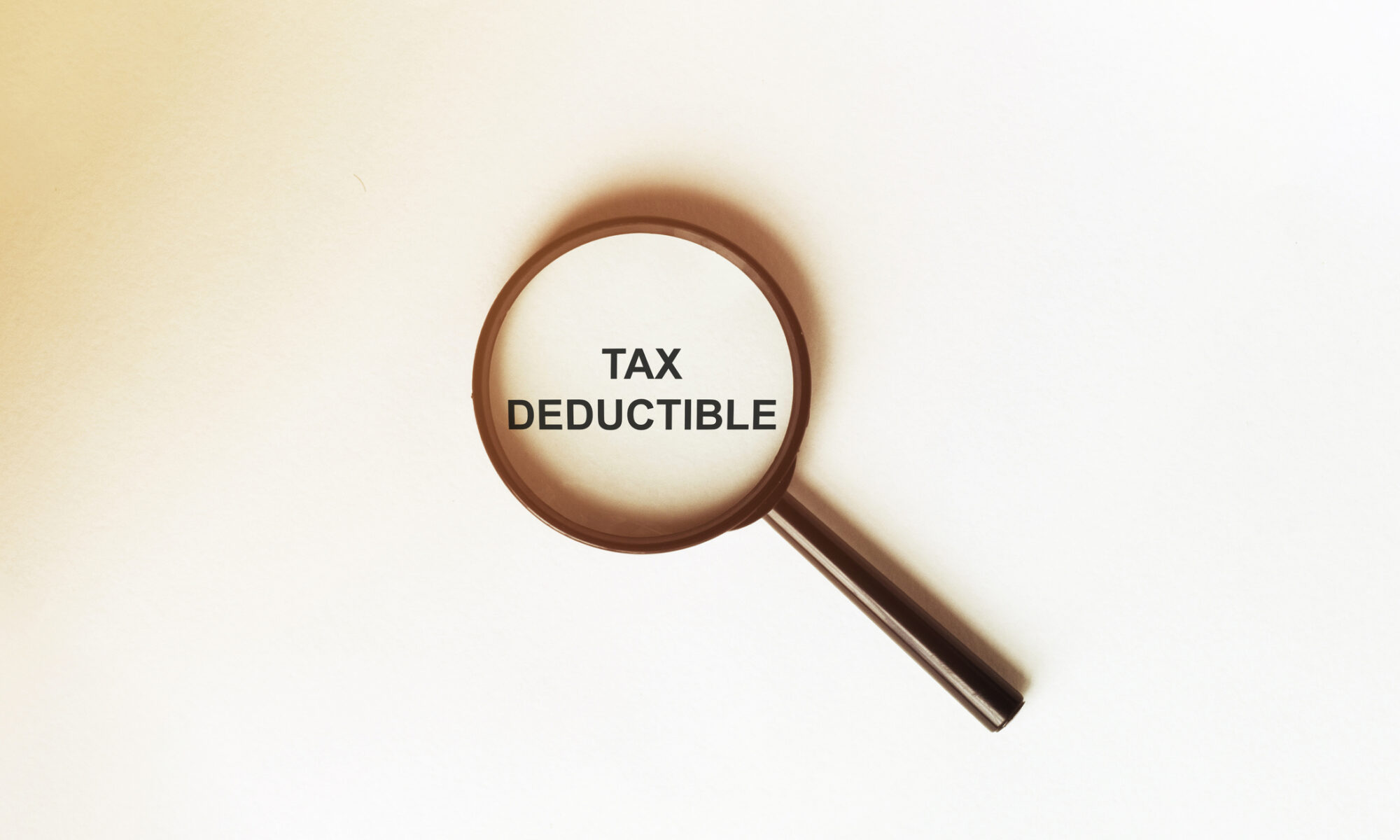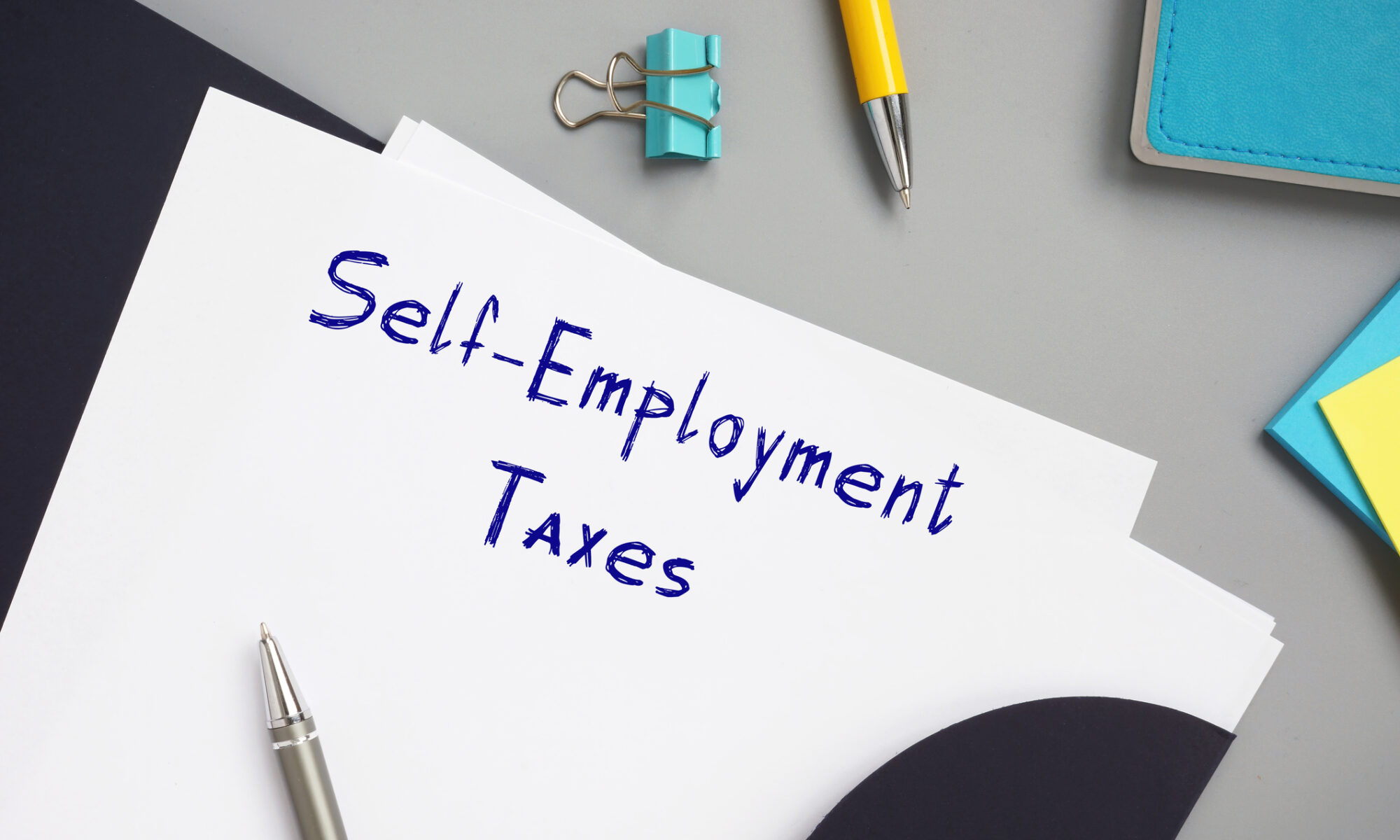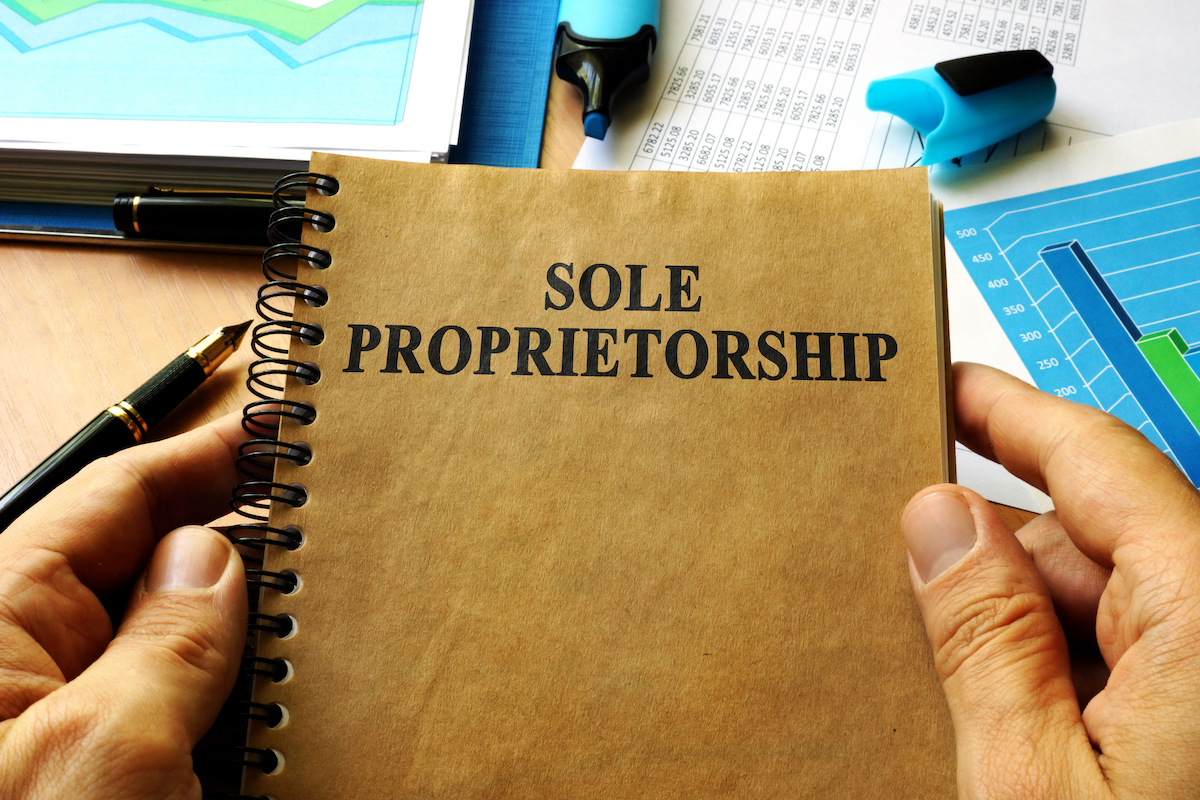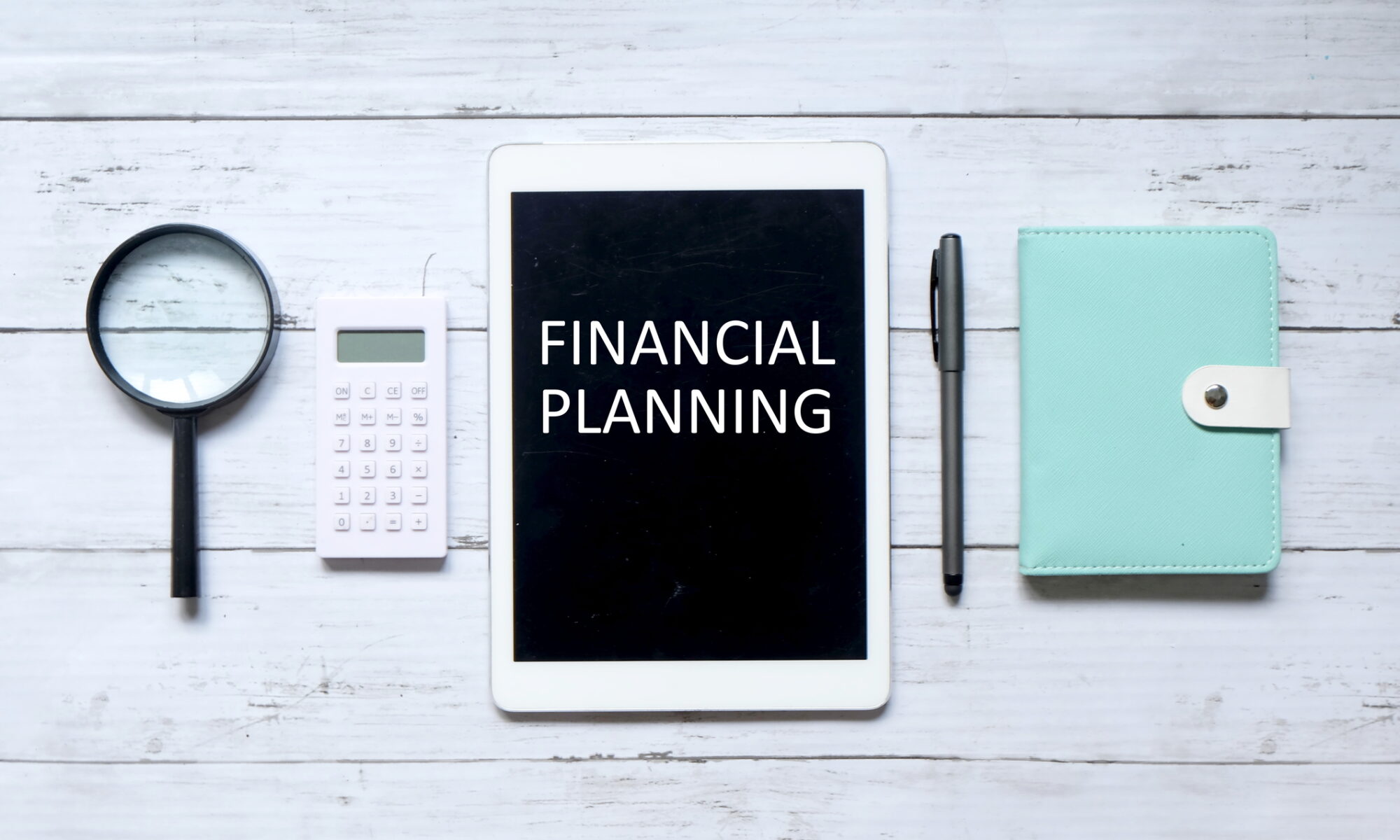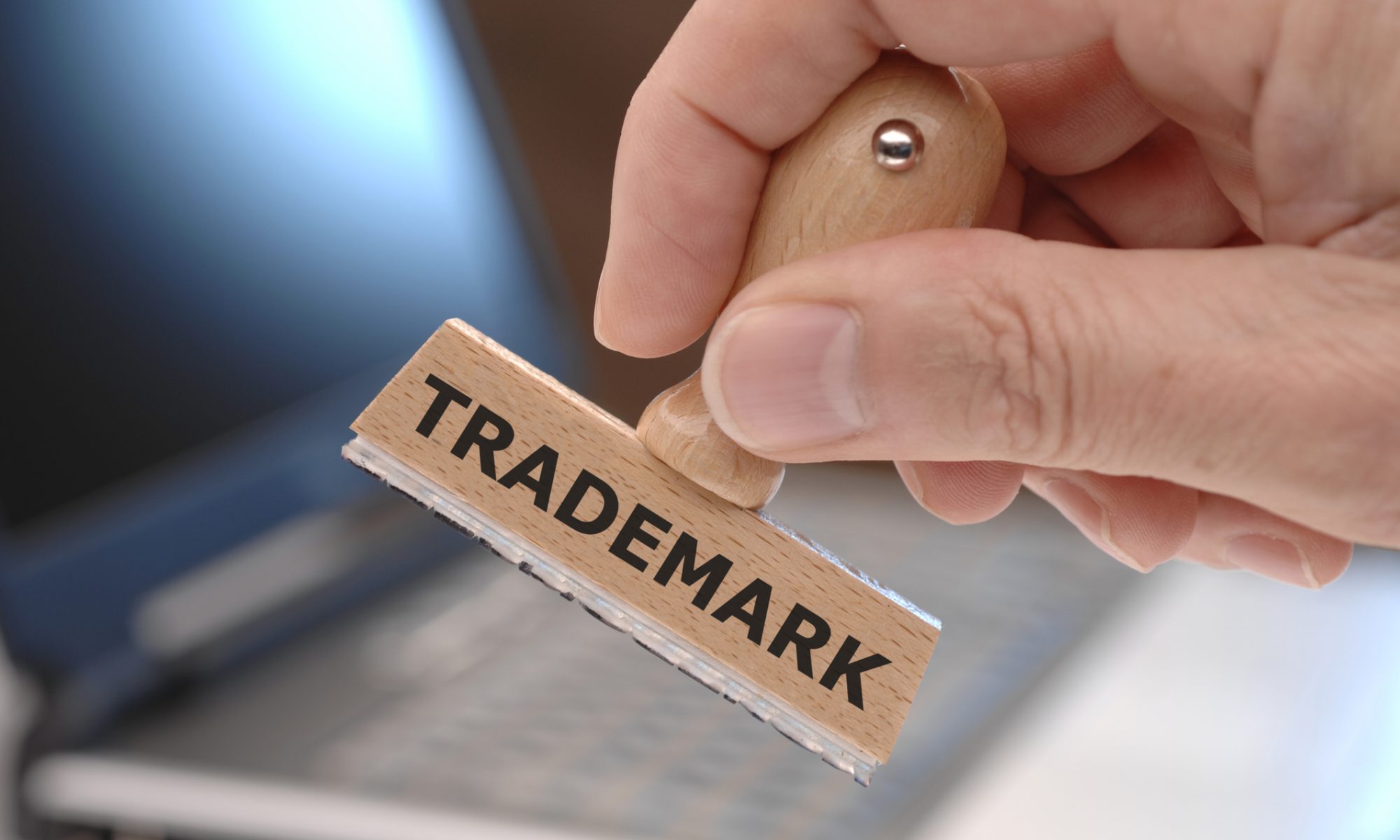There are many legal strategies for reducing income taxes in Canada. Part of running a successful business is knowing these strategies and utilizing them. The following are some of the top strategies to lower your taxes and keep more money in your business.
Collect receipts: As the CRA does not accept credit card statements as proof of expenses, in order to take advantage of tax deductions available you must collect receipts for all business-related activities (accounting fees, business advertising and promotional expenses, business licenses and memberships, use of home expenses, interest and bank charges, insurance premiums, meals and entertainment, office expenses, rent, repairs and maintenance, tools and equipment, vehicle expenses, parking fees). Record and file them appropriately. You can keep physical receipts or digital copies.
Consider use-of-home deductions: You can claim business-use-of-home expenses if your home is your principal place of business or you use a workspace in your home solely to earn your business income and use it regularly to meet with clients, customers or patients. Home-based businesses can deduct a portion of many home-related expenses (heat, electricity, home maintenance, cleaning materials, home insurance, portions of property tax, mortgage interest, capital cost allowance). The percentage you can claim is determined by the size of your office in relation to the total size of the home. You cannot claim business-use-of-home expenses if you are also conducting business elsewhere or because you sometimes work on business matters at home.
Claim non-capital losses: If your expenses exceed business income in any year, use this loss to decrease your income tax bill. The loss can be carried back three years or carried forward up to 20 years. Your Chartered Professional Accountant can help you decide if it makes sense to use the non-capital loss in the current tax year, carry the non-capital loss back to recover income tax you’ve already paid or carry it forward to offset a larger tax bill.
Strategize your capital cost allowance: Instead of deducting the cost of the depreciable property you’ve acquired in your business in a particular year, deduct this cost over a period of years through a capital cost allowance claim. You can use as much or as little of this claim in any year and carry any unused portion forward to help offset a larger income tax bill in the future. Also, consider buying and selling your assets at the right time. Buy new assets before the end of your fiscal year and sell old assets after the current fiscal year.
Manage RRSP and TFSA contributions: Registered Retirement Savings Plans and Tax-Free Savings Accounts are excellent income tax deductions for small-business owners. Since some or all of your allowable RRSP contribution can be carried forward into subsequent years, you’re better off saving RRSP contributions for years in which you expect a high income. If you’ve maxed out your RRSP contributions and need a tax-free place to put cash or investments, the TFSA is a good choice. TFSAs allow you to shelter savings and investment income from taxes. Income and capital appreciation from stocks, bonds, or other interest-bearing instruments are tax-free inside a TFSA. Your Chartered Professional Accountant can help you maximize savings using RRSPs and TFSAs.
Incorporate your business: Incorporating your business lets you take advantage of small business tax deductions. The income of qualifying Canadian corporations is taxed at a reduced rate. Incorporating your business as a tax strategy will only be effective if your business has grown enough for incorporation to be worthwhile. You can also take advantage of certain tax benefits that are not available to unincorporated businesses (income tax splitting, capital gains exemptions) when you sell the business. Talk to your CPA to determine whether incorporation is right for you.
Increase your charitable donations: Donations made to registered Canadian charities earn you tax credits. Consider giving more to the registered charities of your choice. Be aware that non-Registered Canadian charities, American charities and political parties do not count as charitable income tax deductions.
Split your income: This strategy takes advantage of the marginal tax rate disparities. The higher your income, the higher the marginal tax rate. Transferring a portion of your income to a family member (spouse, child) reduces the marginal rate on your income. Keep your claims reasonable, properly invoice for work performed and complete all the paperwork as you would when hiring any employee or contractor. As the rules for income splitting are complex, consult your CPA.
Balance your dividend salary mix: You’re entitled to withdraw cash from your corporation as a dividend or a salary. Ask your CPA to help determine what mix will maximize your earnings. The mix you decide upon is determined by current circumstances as well as future predictions.
Hire a CPA: Most small businesses prefer to have a certified professional accountant complete their Canadian income tax returns. This saves time and effort, provides assurance of accuracy and increases your chances of efficient tax planning.
While not all corporate tax-saving strategies work for every small business, some strategies have proven useful for many companies. With planning, you can reduce your taxable income and keep more money working for your company. Consult a Chartered Professional Accountant to ensure that you save the maximum amount possible.
Not sure what tax deductions your company qualifies for? Need help with tax planning strategies? Contact Cook and Company Chartered Professional Accountants. Whether you operate a sole proprietorship or a sizable corporation with multiple subsidiaries, we use our experience and expertise to assist you. Contact us for a complimentary consultation.



